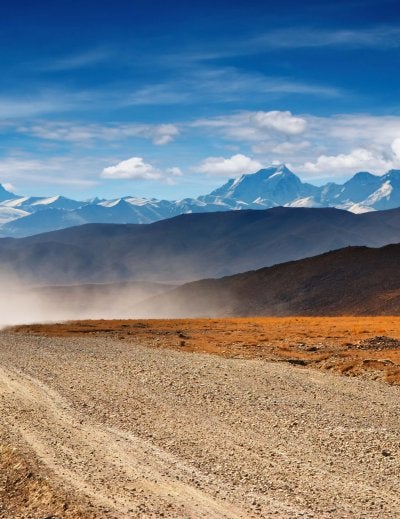
UNESCO World Heritage Sites
The list of UNESCO World Heritage Sites is studded with breathtaking nature, technological wonders and ancient towns scarred by historic battles.
A World Heritage Site must meet the strict criteria imposed by UNESCO. These rigorous measures every addition is outstanding in terms of history, culture or beauty. Benefits of the title are plentiful – funding, protection from war, and national recognition are all guaranteed once gaining this status.
Retread the footsteps of the ancient Incas, or marvel at landscapes steeped in tales of yesteryear, on our pick of the best Unesco World Heritage Sites.
Plitvice National Park

Step into the Croatian fairytale of Plitvice National Park. Its turquoise lakes, fenced in by luscious forests, are a source of Croatian pride.
Originally converted into a national park in 1949, it gained its status as a UNESCO World Heritage Site 30 years later. Rest assured, it is teeming with wildlife. Over 320 vibrant butterflies float around the home of wolves, roe deer, deer, wild cats, lynx, otters, and of course the illustrious brown bear. Visit in early spring for its lush forests alive with birdsong. If you’ve got a thing for winter wonderlands, wait until December for frozen lakes dotted with snow-draped fir trees.
Bardenas Reales

Due to its lunar-like rock formations, golden eagles and imposing canyons, it’s hard to believe that this is Spain. Spanning over 42,000 hectares, Bardenas Reales is one of the few deserts in Europe. Highlights of the dramatic plains include the Castildetierra (seen above), the Monumento Al Pastor (the monument to the shepherd). Additionally, its many birds of prey: vultures, eagles and owls, make it a hotspot for wildlife lovers. This UNESCO site has served as the backdrop for a bucketload of adverts and films. Not to mention the award-winning Game Of Thrones.
Giant’s Causeway, Ireland

Set against rolling green hills and dramatic North Atlantic seas, this landscape is truly breathtaking. The Emerald Isle’s first UNESCO World Heritage Site is also steeped in Irish mythology.
The intriguing 40,000 interlocking columns, are said to be the remains of a causeway built by an ancient Irish giant. Folklore claims that Fin McCool constructed this causeway to Scotland to settle a dispute with another giant. less romantic souls believe these formations were the work of lava bursting through fissures millions of years ago.
Naeroyfjord, Norway

The mighty fjords are long yet narrow inlets of sea cutting into mainland Norway. Gaze out from steep cliffs for breathtaking views of the dark waters below. After, glide through rugged the mountainscapes, of Nærøyfjord (literally meaning narrow fjord).
Due to the Gulf Stream’s warming currents, the fjords are a haven for porpoise and seals. Keep your eyes peeled for these magnificent animals on one of our Nordic escapes. Cruises leave daily from the town of quaint town of Flåm.
Machu Picchu

Scraping the heavens at over 2,430m above sea level, this ancient city of the Incas receives lures in over 1 million visitors a year.
The site spans over 32,592 hectares of mountain slopes, peaks and valleys. La Ciudadela (the Citadel), built in the fifteenth century, was the centre of the Inca Empire until it fell to the Spanish. After its abandonment in the 16th century, it vanished from the face of the earth. While searching for another lost city American explorer, Hiram Bingham, rediscovered it in 1911.
Visit early to avoid the crowds. Gates open at 6 am, but the mountain path is accessible from 4.30 am.



